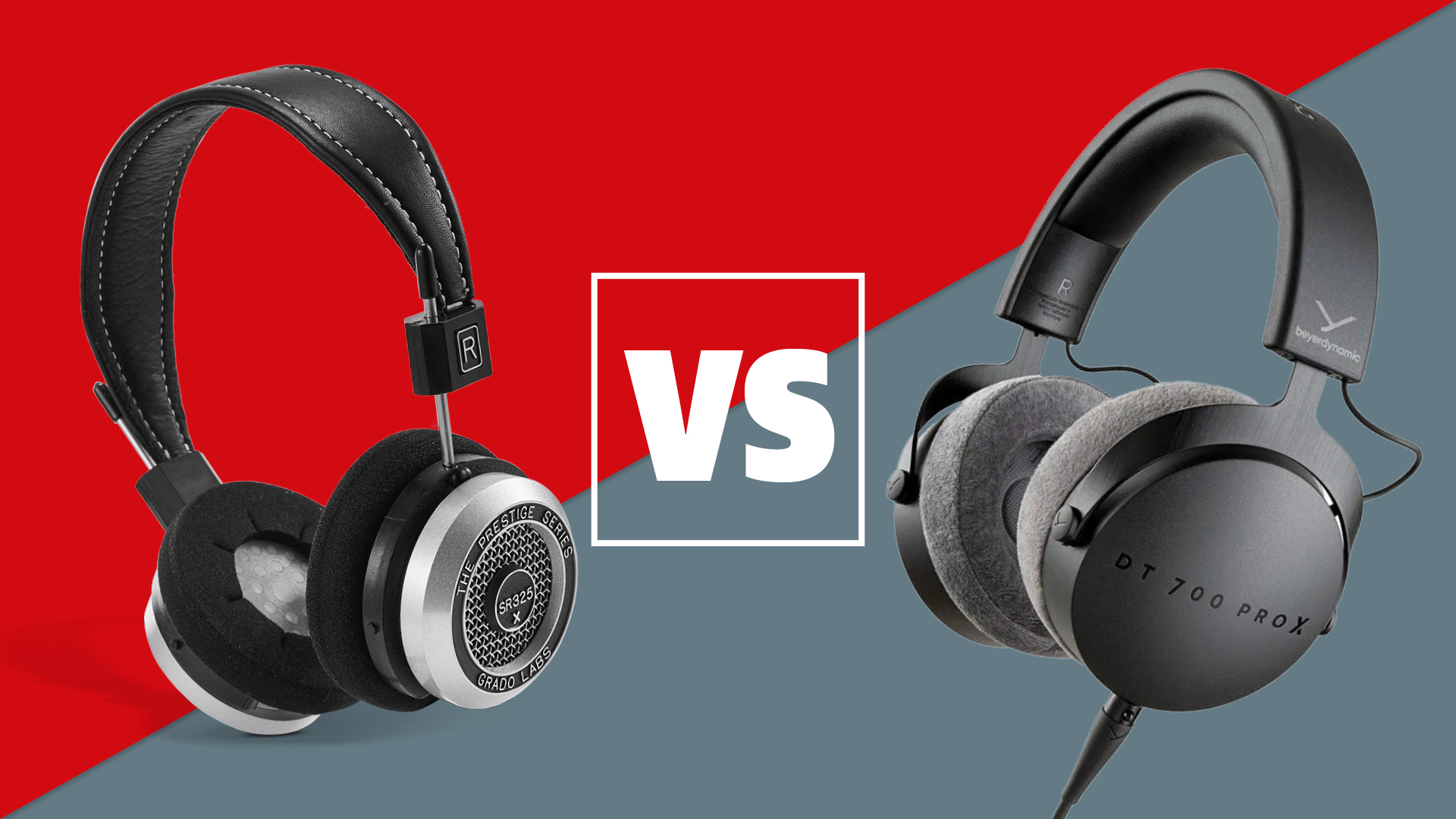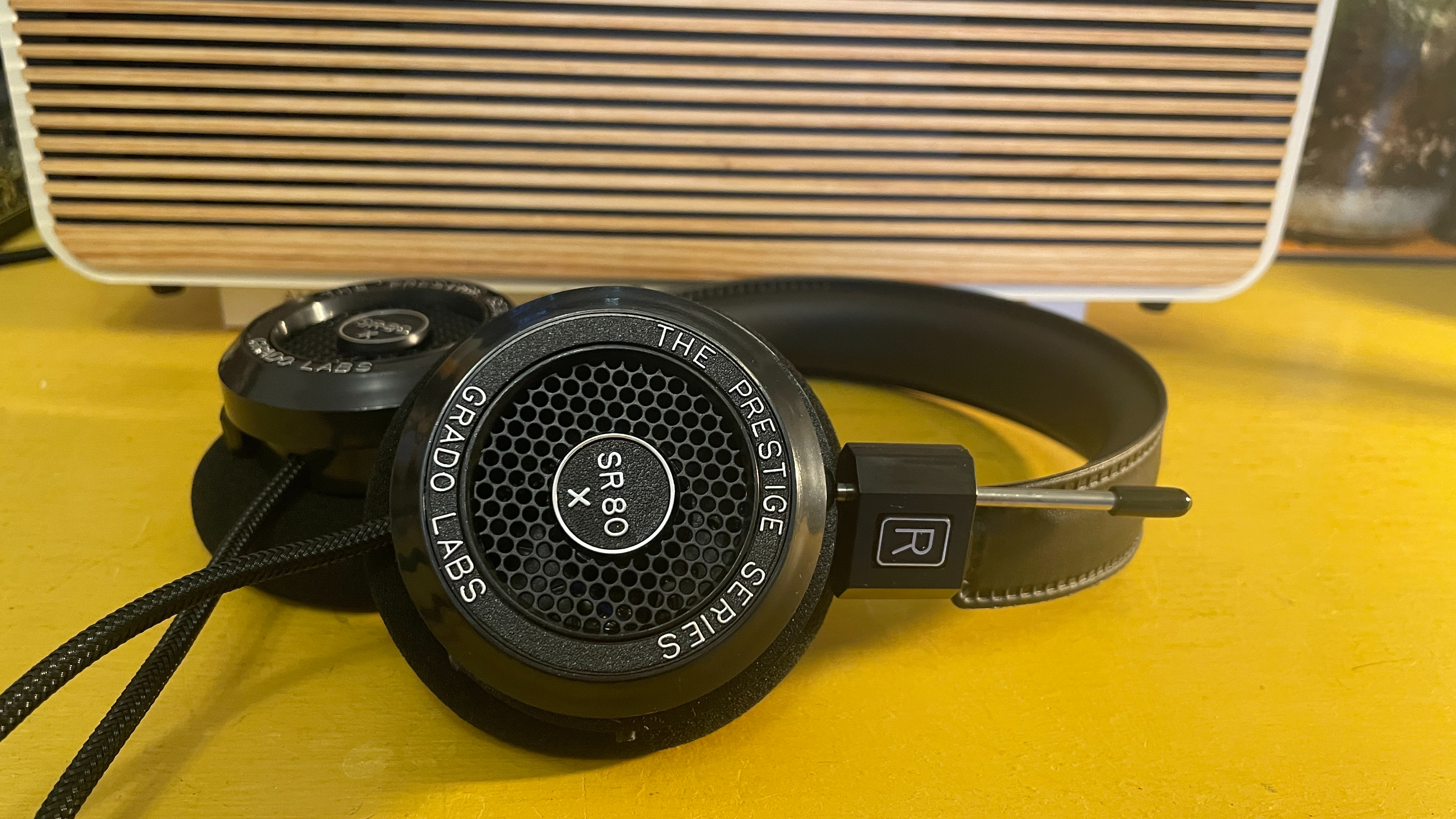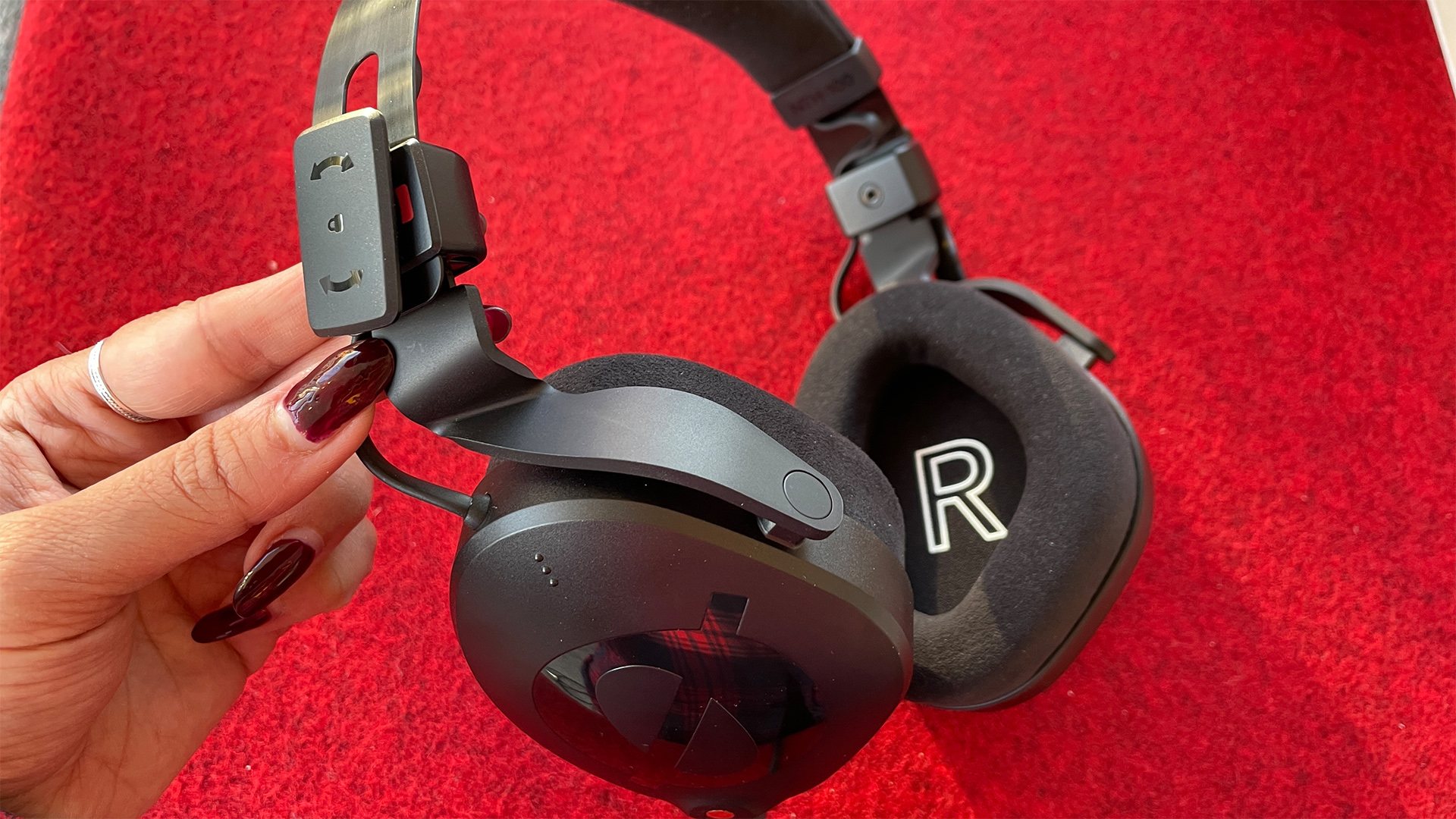
Over-ear headphones come in all sorts of shapes and sizes but can primarily be broken down into just two types: open-back or closed-back. Whether a pair of over-ears is open or closed isn't always immediately apparent to the eye, but essentially it comes down to their structure and consequential effect on performance.
Closed-back is unarguably the most common type, with most wired and nearly all wireless models sporting a closed design, while open-back is the reserve only of wired over-ears (save for one notable exception: the Grado GW100x) and is typically more present in the higher-priced regions of that market.
While headphone manufacturers produce open and closed-back headphones to varying degrees of quality, there are fundamental differences between these two main types. Thankfully, our expert team has over 150 years of collective experience testing headphones, and many of its members review dozens of both closed-back and open-back pairs every year. That puts us in the perfect position to explain the pros, cons and quirks of both types so that you're fully in the picture when it comes to deciding which kind is right for you. Ready? Let's dive in...
Open-back vs closed-back: what's the difference?

An open-back pair of headphones doesn’t have an enclosure behind its drivers, which means that sound is fired both towards and away from the listener’s ears. Therefore, if you sit next to anyone using a pair of open-back headphones, the chances are that you’ll have no problem hearing their music, albeit with a thin and tinny tone. You'd be hearing the sound being fired away from the listener’s ears and out of the headphone's ear cups (which often have holes for that sound to escape through).
A closed-back pair, naturally, has that enclosure behind the drivers, with the sound that's fired away from your ears hitting the earcup, although many designs attempt to negate the distortion caused by this effect to ensure most of the sound is still focused on hitting your ears. This, naturally, prevents excessive sound leakage from your headphones.
With open-ear designs, outside noises can more readily come through to disturb the listening experience, something that's more readily negated with closed designs. With open models, there is little sense of isolation from the environment, and you can hear almost everything around you. Want to enjoy open-back headphones on a bus, train or plane? Good luck. These are certainly headphones better enjoyed in the quiet privacy of your own home, where noisy distractions are – we hope – limited.
Why open-back headphones are better
Choose open-back headphones for sound and comfort
Open-back headphones offer:
- Typically greater transparency, resolution and dynamic capabilities
- Generally punchier, tauter bass
- Often greater comfort levels thanks to less overall weight
Why do some manufacturers still persist in making open-back designs if they're so useless at isolating you from outside noise, rarely offer ANC capabilities and leak sound like a broken sieve? Well, as you might have guessed, there are some important advantages when it comes to sound quality, with the lack of an enclosure behind the drive unit meaning that the rearward firing sound is free to escape more easily.
In a closed design, this sonic energy would be trapped and excite resonances in the enclosure, causing unwanted noise. This is sound you don't want and it overlays that made by the drive unit. The result is a loss of clarity, transparency and resolution. Also, there is a good chance that any sound bouncing around inside that closed enclosure could work its way back out through the drive unit diaphragm and add to its output – again, detrimental to sound quality.
It doesn't end there, either. The inherent springiness in the trapped air behind the driver could restrict the movement of the diaphragm during larger excursions, which would affect the way the headphones render the music’s dynamics and limit performance at higher volume levels.

When it comes to pure sound quality, open-back designs hold most of the aces, even if closed-backs usually have the punchier, more muscular bass. Open designs are often so much more dynamically expressive and generally emotive than their rivals, with a clearer, more revealing and more expressive sound that will delight anyone who likes to feel the emotion and excitement of their music. They're usually more spacious, too, with a wider sonic canvas that benefits from a pleasing sense of instrumental separation that, as we've aptly said before, feels less 'in your own head'.
Comfort can also be helped by an open design. Ears heat up less over extended listening sessions, while the lack of an enclosure offers the potential for reduced weight. Great examples of open designs include the Beyerdynamic T1 (3rd Generation) and Grado SR325x, both of which feature on our best over-ear headphones list.
Why closed-back headphones are better
Choose closed-back headphones for practicality and choice
Closed-back headphones offer:
- Far less sonic leakage than open-backs
- Greater sonic isolation for the listener
- Typically more sonic weight and muscularity, especially in the bass

Move away from sound quality to more practical considerations, and closed-back designs pile on the plus points. Such headphones are better able to isolate the listener from outside distractions and make it possible to sit in the same room as someone without disturbing them. It's almost impossible to wear a pair of Grados, say, when in a busy office or while commuting, as you're simply going to be firing too much sound out to your coworkers or fellow commuters.
If you’re out and about, closed-back is really the only way to go, and adding wireless and noise-cancelling technologies simply enhances their advantage in this portable context. Bluetooth functionality and open-back designs don't naturally go hand in hand – after all, who wants to subject a crowded bus to their music, and vice versa? – although the aforementioned Grado GW100x are the exceptions to the rule and could be handy in quiet domestic spaces where being untethered is a blessing.
Open-back designs don't hold all of the aces when it comes to sound, either. The inclusion of an enclosed design generally adds greater sonic muscularity to the equation, especially in the bass department. They also tend to sound more solid and substantial as a result, with many listeners preferring the muscularity and weight of a closed pair. Combine that with their portability and ease of use and it's little wonder that closed-backs are the choice for most people in this increasingly portable world.
Closed-back vs open-back: which should you choose?
The answer isn’t straightforward or indeed the same for everyone. If you’re after the last word in sound quality and want a pair of over-ear headphones to use strictly at home with your desktop or hi-fi system, the open-back route could be the one to take, as you will generally benefit from more insightful, clearer sound.
But if real life intrudes and your needs take in domestic harmony or on-the-go, less-than-silent listening environments, then you only really have one option – the practicality of a closed-back design will win every time. Here, you will have greater choice (particularly in the wireless market), not to mention, bass fiends, typically more present, solid bass weight.
Whichever design you settle on, know that both feature in our best over-ear headphones buying guide, curated by our in-house review experts, so be sure to check out our top recommendations when you are ready to buy.
Open-back vs closed back: FAQ
Are open-back headphones better for gaming?
Probably yes, but only for the reasons listed above regarding sound quality and comfort. Beyond that, open-back headphones offer no secret hidden advantages or benefits for gaming as far as we can tell, though the idea of having a more natural, dynamic sound and greater comfort over longer periods of wear (gamers love a long playing session) aren't to be taken for granted.
The one caveat we might offer is that active noise cancelling might be ideal for gamers who want to immerse themselves in an experience, especially a competitive one, and that is something you won't get with open-backs.
Read about the gaming headsets vs headphones differences.
Are open-back or closed-back headphones better for the studio
Again, this is going to depend massively on personal preference and what you want from your headphones. Studio use is generally concerned with a more analytical, revealing sound, so you might want to consider a pair that can reveal detail and a sense of the music as much as anything else. Those characteristics aren't exclusive to open-back or closed-back headphones. Preferences will play a big part in what you're listening for and what you want to hear.
Closed-back headphones do have the advantage of physically isolating your ears from the noise and bustle of your environment, of course, especially if they are furnished with noise-cancelling capabilities. Ultimately, though, this isn't an either/or dichotomy – find a pair of excellent headphones that you feel comfortable with, both literally and musically, and go from there. If you need help, our list of the best wired headphones and the best headphones for audiophiles will see you right.
Are open-back headphones loud for others?
As we've hinted above, the fact that they inherently leak sound both in and out is one of the major limitations of open-back headphones. The amount of sound leakage varies from model to model – you can technically get semi-open designs that aren't quite as holey and leaky, as part of their earcup is closed – and depends, of course, on how loudly you are listening to music.
The effect isn't quite the same as having a small Bluetooth speaker pumping out the tunes, but open-back headphones are often nakedly audible to anyone within your general proximity. They may not be able to catch exactly what you are listening to unless they are centimetres away, but those within metres of you will hear something. For office work, bus rides, train travel and aeroplane use, they're not really appropriate and therefore have limited use in public.
MORE:
The best headphones you can buy - all types, all budgets
Best wireless headphones: Bluetooth headphones for every budget
How active noise-cancelling headphones work: the technology behind ANC







